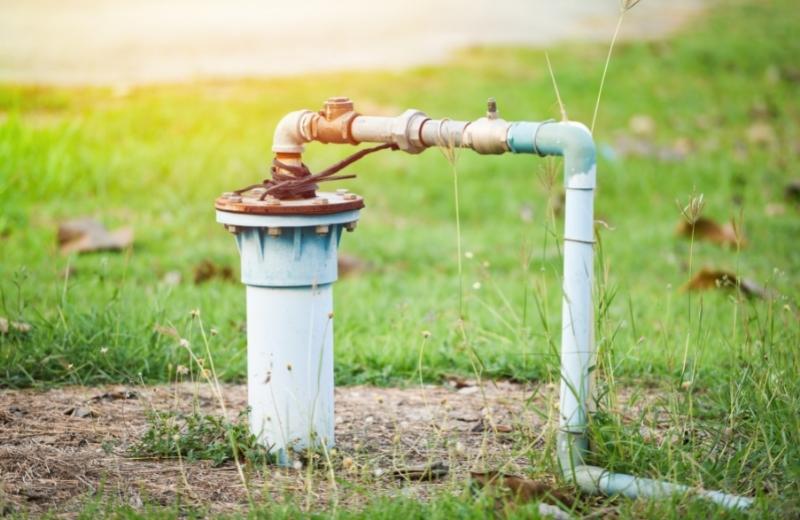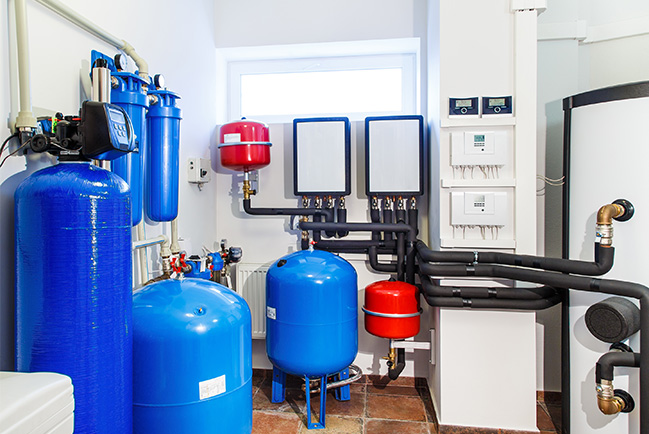When disaster strikes and the power goes out, having access to clean water is crucial. That’s why it’s important to have an emergency well pump installed to ensure access to fresh water during a crisis. But with so many pumps available on the market, how does one choose the right one? And once you’ve made your selection, how do you know how to properly install and maintain it? In this blog post, we’ll provide you with the ultimate guide to selecting and installing an emergency well pump, so you can rest assured that your home is prepared in the event of a power outage or other emergency. We’ll cover the different types of pumps available, how to determine the right size and capacity for your needs, and important factors to consider when selecting a pump. We’ll also walk you through the installation process step-by-step, including tips for maintaining and troubleshooting your pump to ensure it continues to function properly in the years to come. If you’re looking for information on emergency well pumps, be sure to visit the website for helpful articles and resources.
- Research the type of emergency well pump needed
Finding the right emergency well pump is crucial when preparing for times of uncertainty, such as power outages or natural disasters. To ensure that your emergency well pump functions optimally during crucial times, it is essential to research the type of pump needed for your particular well. Factors such as the depth of the well, the size of the piping, and the amount of water required are some of the leading factors to consider when selecting the right pump. It is recommended that you consult with a licensed professional or well contractor who has extensive knowledge and experience in the installation and maintenance of emergency well pumps. With careful research and professional guidance, you can select the right pump to support your household’s water needs during an emergency situation.
- Acquire the necessary materials for installation
Acquiring the necessary materials for installation is an essential step in successfully installing an emergency well pump. It’s important to ensure that all materials required are available before starting the installation process. The specific materials needed will depend on the type of pump being installed and the depth of the well. Some common materials include a submersible pump, discharge pipe, control box, pressure switch, electrical wire, and piping materials. It’s recommended to purchase top-quality materials to ensure the pump’s longevity and proper functioning. If any doubts arise about which materials to acquire, it’s always best to consult professional installers or well drillers for guidance. Taking the time to gather the necessary materials before starting the installation process will save time and ensure a smooth installation process.
- Follow the manufacturer’s instructions for installation
When it comes to installing an emergency well pump, it is important to follow the manufacturer’s instructions carefully. Not only will this ensure that the installation is done safely and properly, but it will also help to avoid any potential issues or problems down the line. The manufacturer’s instructions will typically include detailed information about the necessary tools and materials, as well as step-by-step guidance on the installation process. It is important to read through these instructions thoroughly before beginning the installation, and to consult them as needed throughout the process. Additionally, if you have any questions or concerns about the installation, don’t hesitate to reach out to the manufacturer for support. By following these instructions carefully, you can help ensure that your emergency well pump is installed safely and efficiently, providing reliable access to water in times of need.
- Conduct a post-installation test
After successfully installing the emergency well pump, it is important to conduct a post-installation test to ensure that the system is functioning properly. This test should include checking the water pressure and flow rate to determine if it meets the minimum requirements set forth by the manufacturer. Additionally, the system should be tested for leaks, which could indicate faulty installation or components. It is recommended to perform this test prior to an actual emergency situation, as it allows for any necessary adjustments to be made before a high-pressure situation arises. Taking these precautionary measures can help ensure that your emergency well pump is functioning optimally and can provide reliable access to clean water when needed.
- Familiarize yourself with the maintenance requirements for the pump
To ensure that your emergency well pump operates efficiently and safely, it is crucial to familiarize yourself with its maintenance requirements. This not only prolongs the lifespan of the pump but also ensures uninterrupted water supply during emergencies. Maintenance requirements may vary depending on the type of pump you install, so it’s important to refer to the manufacturer’s guidelines for specific instructions. Typically, maintenance includes regularly inspecting and cleaning the pump, checking and replacing filters as needed, and observing the pump’s performance for any irregularities. In addition, it’s essential to have a professional perform routine maintenance and inspections on the pump. With proper maintenance, you can avoid costly repairs or replacements and ensure that your emergency well pump is always ready when you need it.
To sum up, selecting and installing an emergency well pump is vital for those living in areas with frequent power outages or water supply issues. By following the guide provided, homeowners can determine the appropriate well pump for their specific needs while also considering factors such as well depth and flow rate. It’s important to work with a professional when it comes to installation to ensure safety and proper function of the pump. With a reliable emergency well pump in place, homeowners can rest assured that they will have access to clean water even during unexpected emergencies.



